Natural Food Coloring
Bright colors in food and rainbow recipes are undeniably fun. From rainbow sugar cookies to rainbow bread, color adds whimsy to our lives. But you might hesitate when a recipe calls for artificial food coloring, especially with the confusing messaging about health risks.
This not a product review of all the natural food colors you can buy on Amazon or Whole Foods. But you’ll see all the ways I create bright dishes and rainbow recipes using natural food coloring and naturally colored foods.

Jump to:
Why avoid artificial food coloring?
Artificial food dyes— brightly colored gels, liquids, and powders—have long been used in commercial and home kitchens for their vivid hues and stability. They’re key to making modern red velvet recipes like my red velvet brownies.
But over the years, there have definitely been concerns about some artificial colors. Red M&Ms were pulled from the shelves and then triumphantly returned. But now the U.S. Food and Drug Administration has banned Red Dye No. 3 because of increased cancer risk in laboratory rats (though not in humans).
Whether or not you choose to use artificial food coloring, you can also use natural food coloring alternatives. So let’s learn together how to make colorful food from natural ingredients, like my purple sweet potato bread!
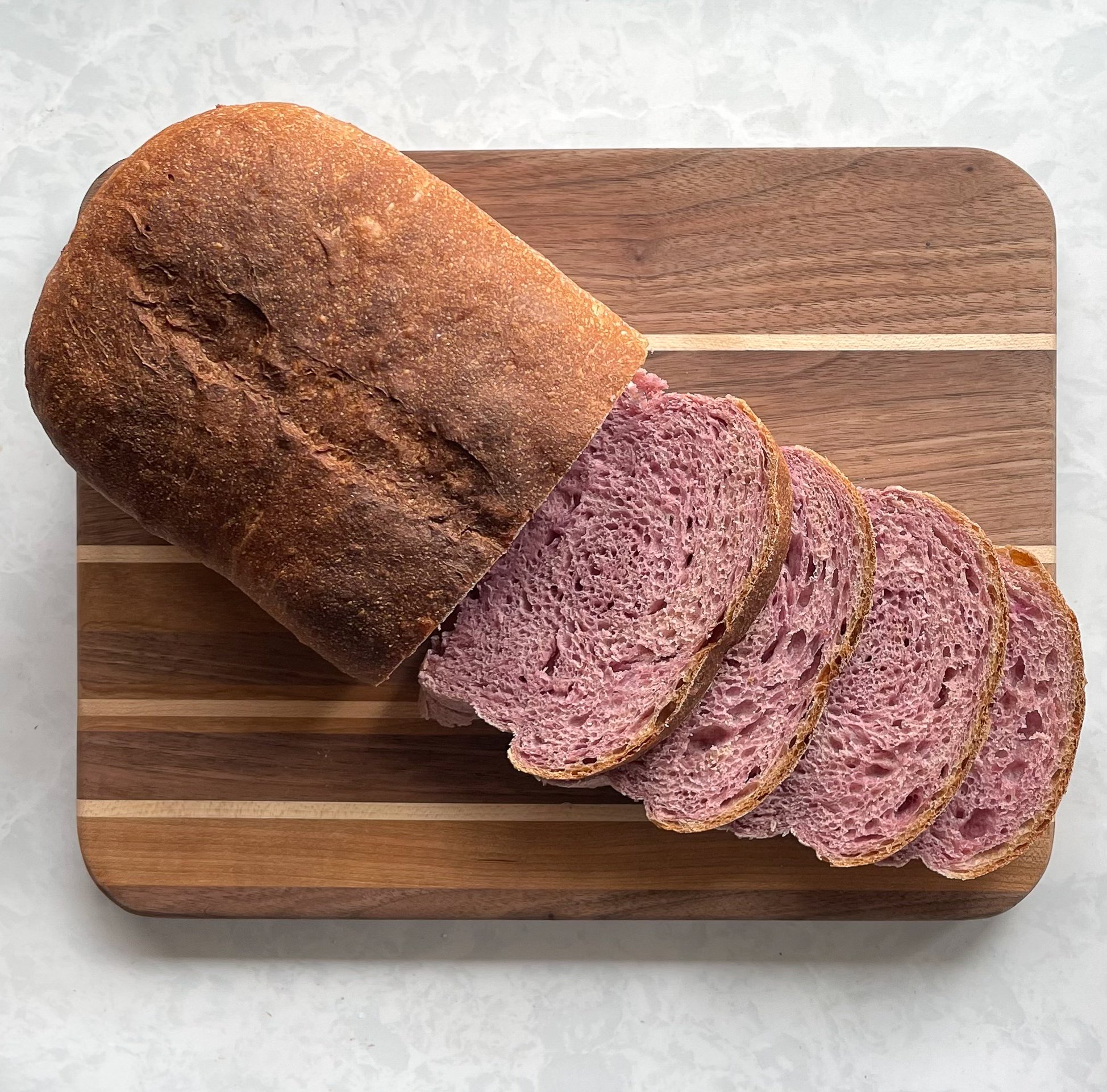
Packaged natural food coloring
With the concerns about artificial colors, the market for natural powders, liquids, and gels is growing. Historically the challenge has been getting natural colors to be vibrant and bright. In our experience with my kiddo’s baking box subscription, the bigger issue was that the sweet baked goods often had a vegetal aftertaste. Yuck.
I’ve had good luck baking bread with natural food powders, like that Japanese milk bread recipe I made with butterfly pea flower powder. With bread, the subtle aftertaste isn’t as off-putting.
There are lots of other products out there, some of which I have in my baking pantry. I’ll update this post as I try them all.
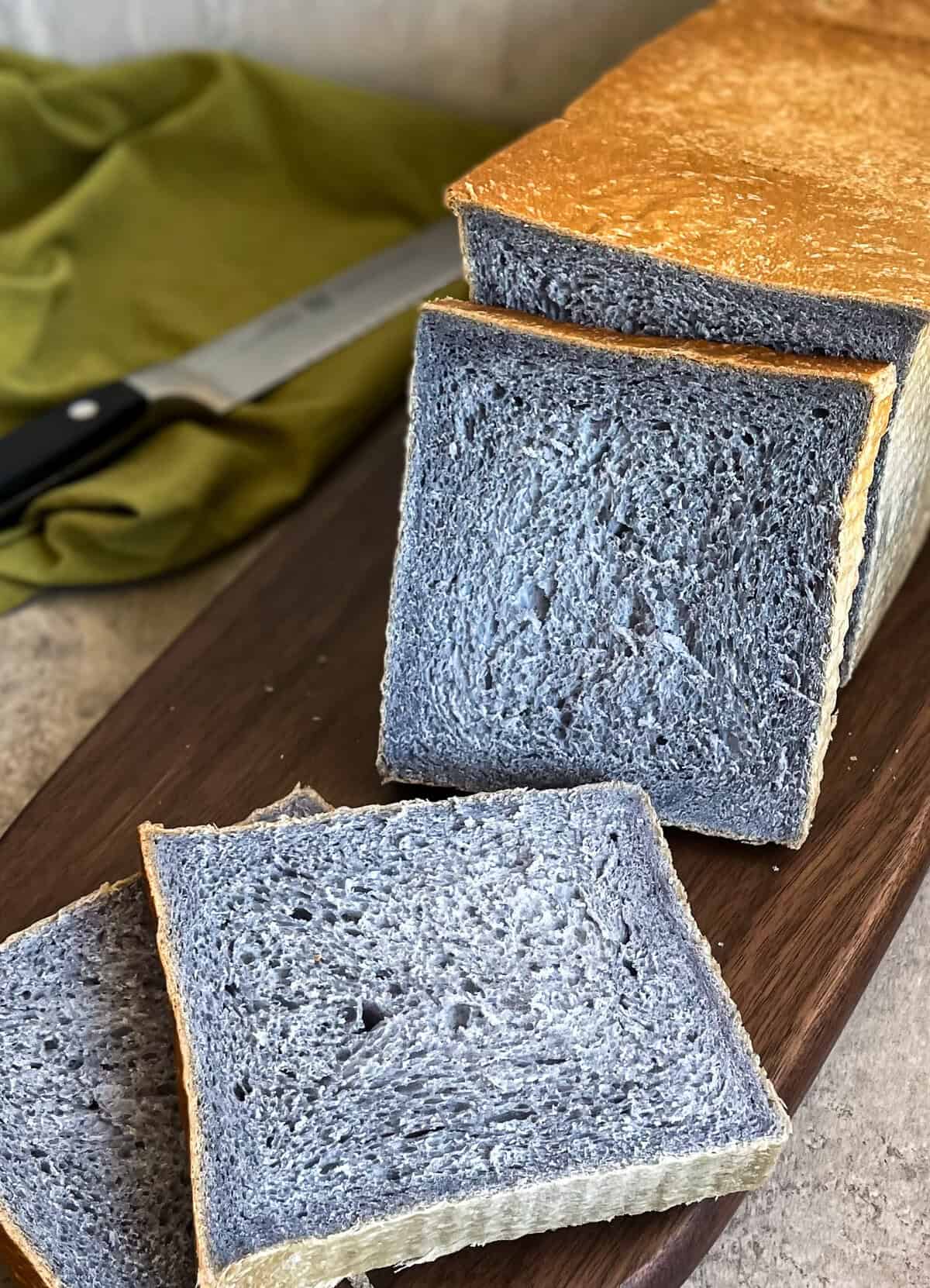
Eat the rainbow
You don’t even have to add food coloring to eat the rainbow. There are lots of brightly colored foods out there. Clockwise, from the top left, are my red kidney bean hummus, golden beet dip, purple cauliflower, and, of course, classic guacamole.
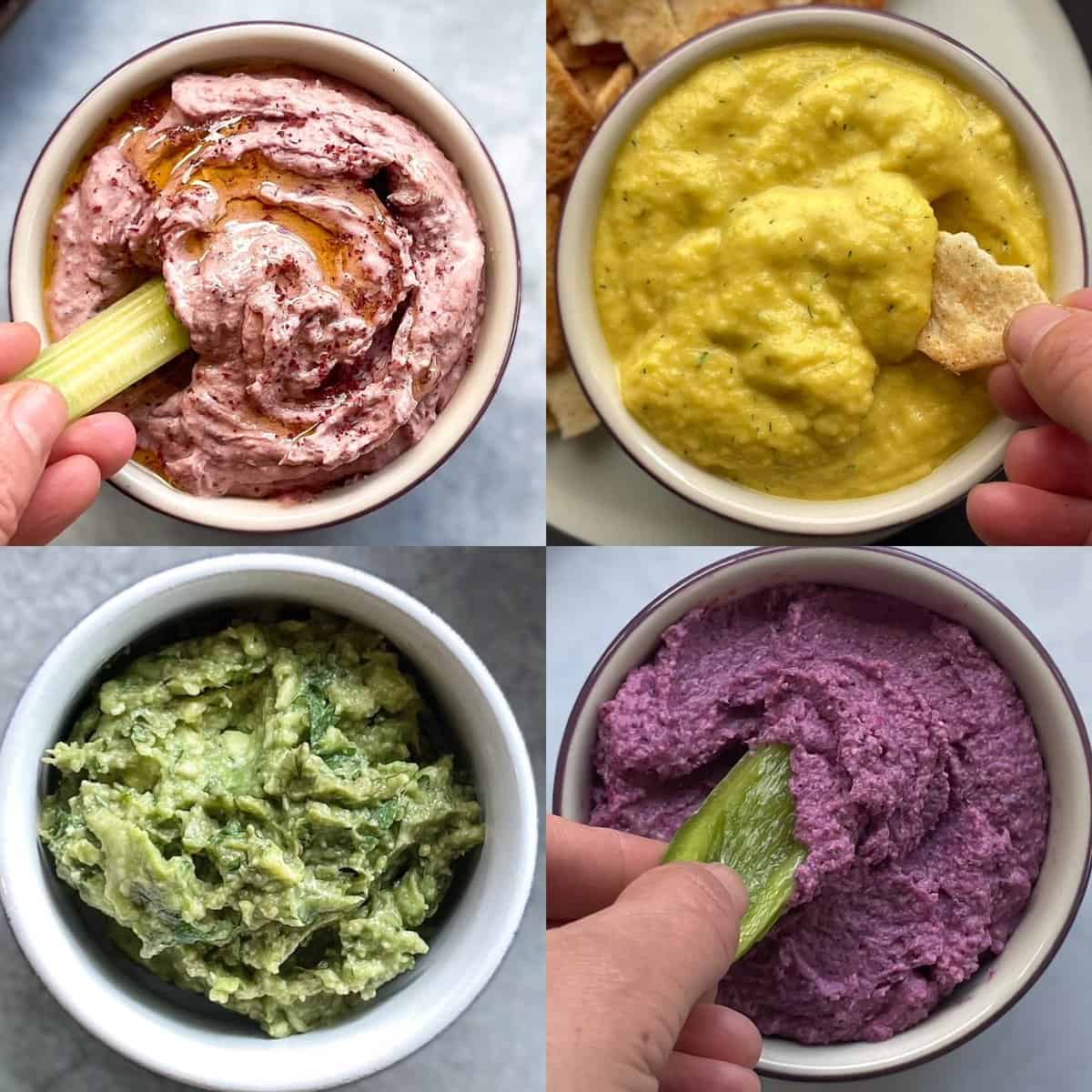
Using Naturally Colored Foods as Food Coloring
This is the best part. Now we get to talk about how to get vibrant colors that come from the natural colors you probably already have in your freezer, pantry, or spice drawer.
I made this set of rainbow pasta for homemade farfalle from Pasta, Pretty Please, by Linda Miller Nicholson. The colors came from beet and paprika, tomato, turmeric, greens, butterfly pea flower powder, and beet and blueberry!
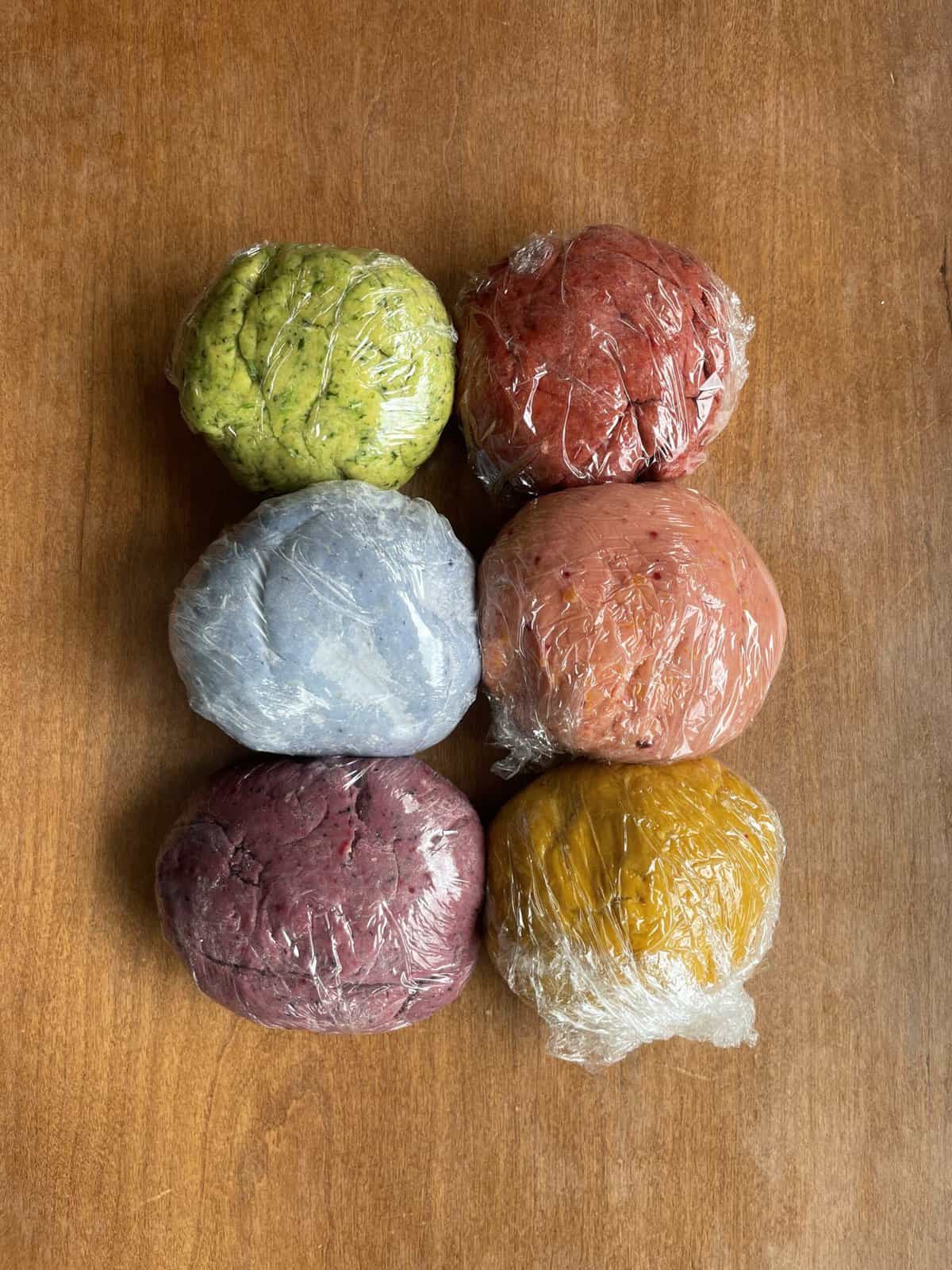
Here’s a quick cheat sheet for creating each color of the rainbow naturally. Just remember that not all natural colors behave the same way when you bake, boil, or broil them, and there may be a bit of trial and error.
❤️ Red
- Beets: Pureed, juiced, or powder. Great for cakes, cookies, and even pasta.
- Strawberry or raspberry puree: Best in no-bake desserts or frostings like the icing on that raspberry cake. Just watch the water content —too much can affect texture.
- Paprika: tends to the orange-red side of red.
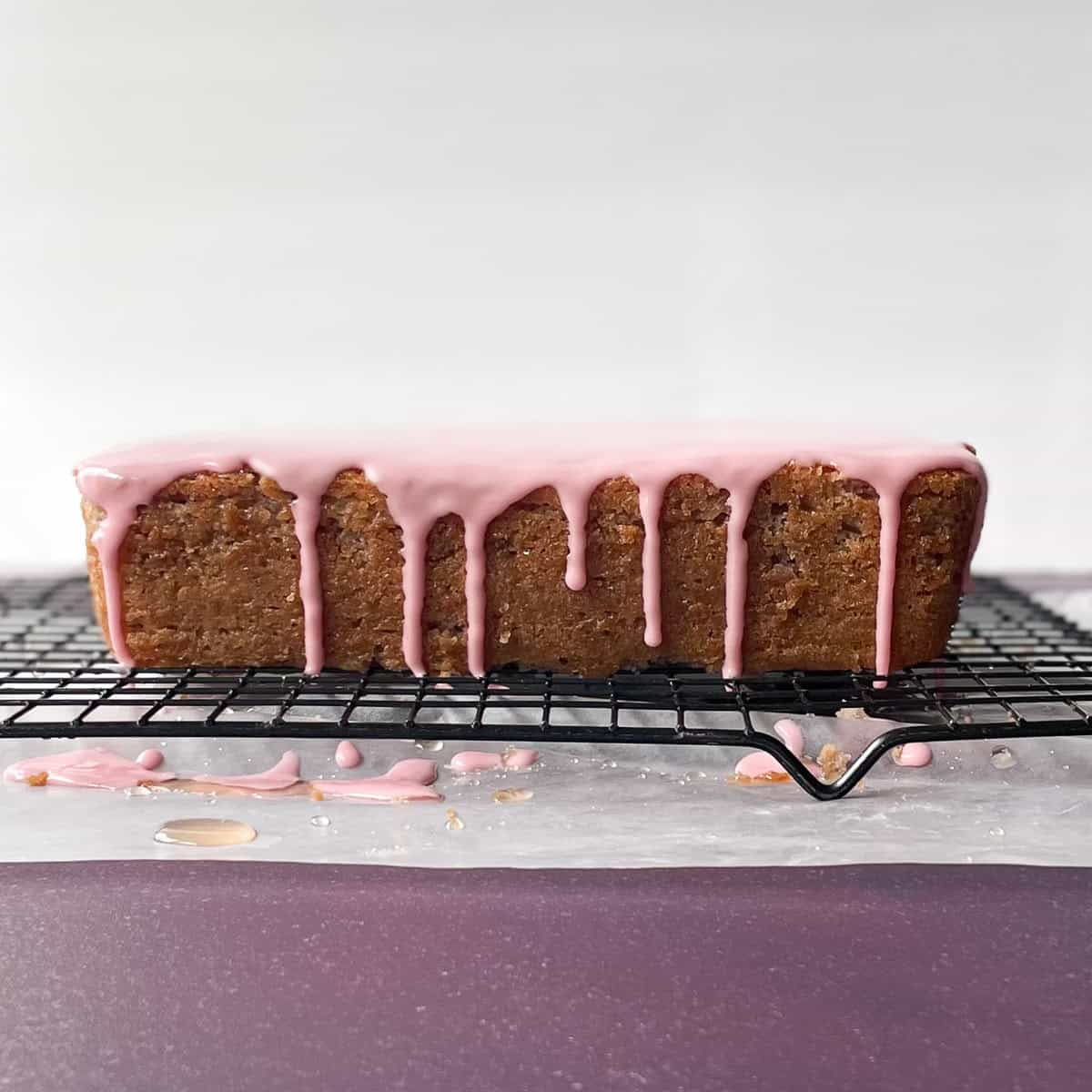
🧡 Orange
- Carrots: Pureed, juiced, or powder. Subtle in flavor; good for baked goods or pasta.
- Sweet potato: Cooked and pureed, it adds both color and moisture.
- Tomato
💛 Yellow
- Turmeric: Powerful and vibrant, but go light to avoid a bitter taste.
- Saffron: It’s expensive, but perfect for rice dishes and baked goods.
💚 Green
- Matcha or spinach powder: Excellent in doughs and batters.
- Pureed blanched spinach or parsley: Use for pasta, bread, or dips.
- Pureed peas
💙 Blue
- Butterfly pea flower powder
- Spirulina (blue-green algae): Another vibrant blue in powdered form.
- Red cabbage + baking soda: The anthocyanins turn from purple to blue with a pH shift—works in icings or drinks like the Empress gin in my lavender gimlet.
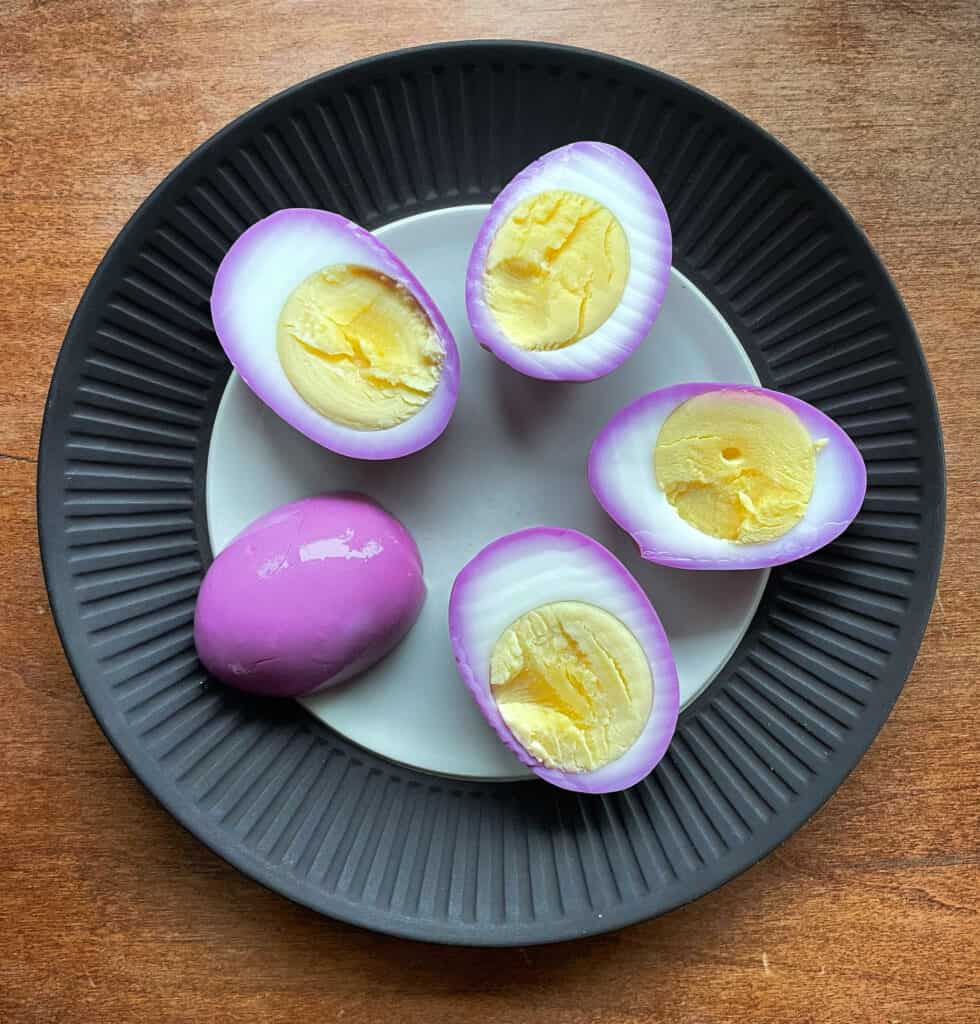
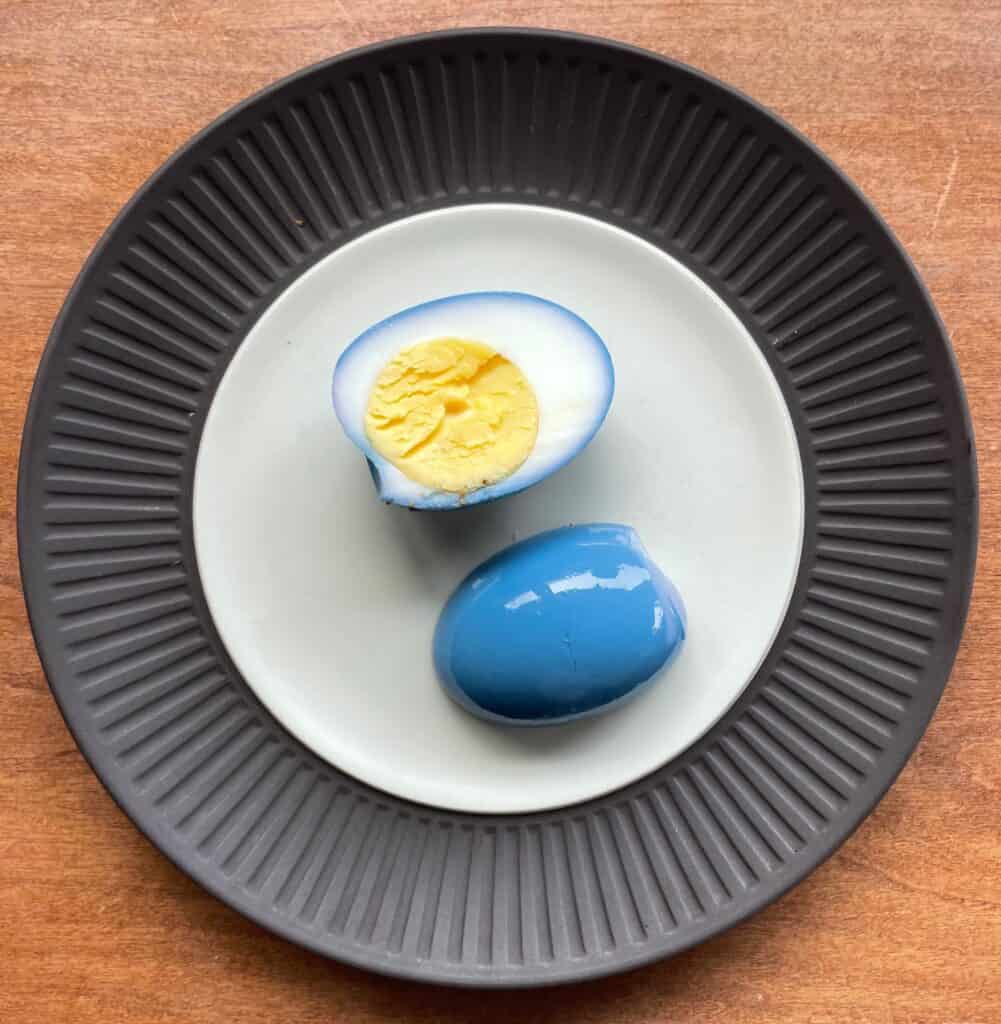
💜 Purple
There are a lot of purple vegetables that lose their purple when cooked, like peas, beans, and asparagus.
- Blueberries or blackberries: Best in smoothies, icings, or jams.
- Purple sweet potato: Like with orange sweet potatoes, cooked and pureed, they add great color.
- Purple cauliflower
- Ube: Ube is a purple yam from the Philippines. I’ve used ube halaya and ube jam in bread, ube crinkle cookies, and other baked goods.
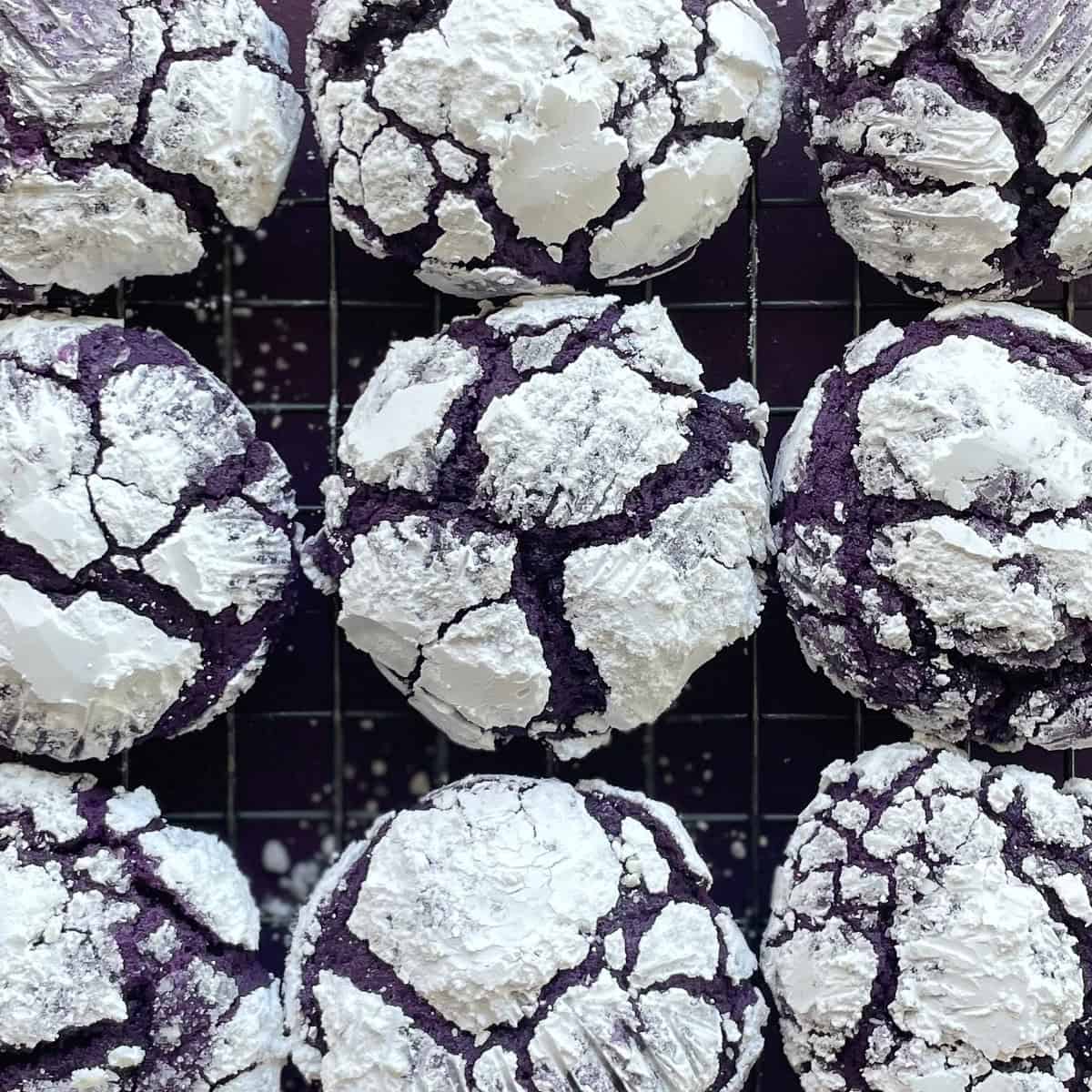
🖤 Black
- Black cocoa
- Squid ink
- Black sesame
- Activated charcoal – check with your healthcare team about any medicines you may be taking.
🤎 Brown
- Cocoa, coffee, and molasses all contribute to the color of this sweet brown molasses bread.
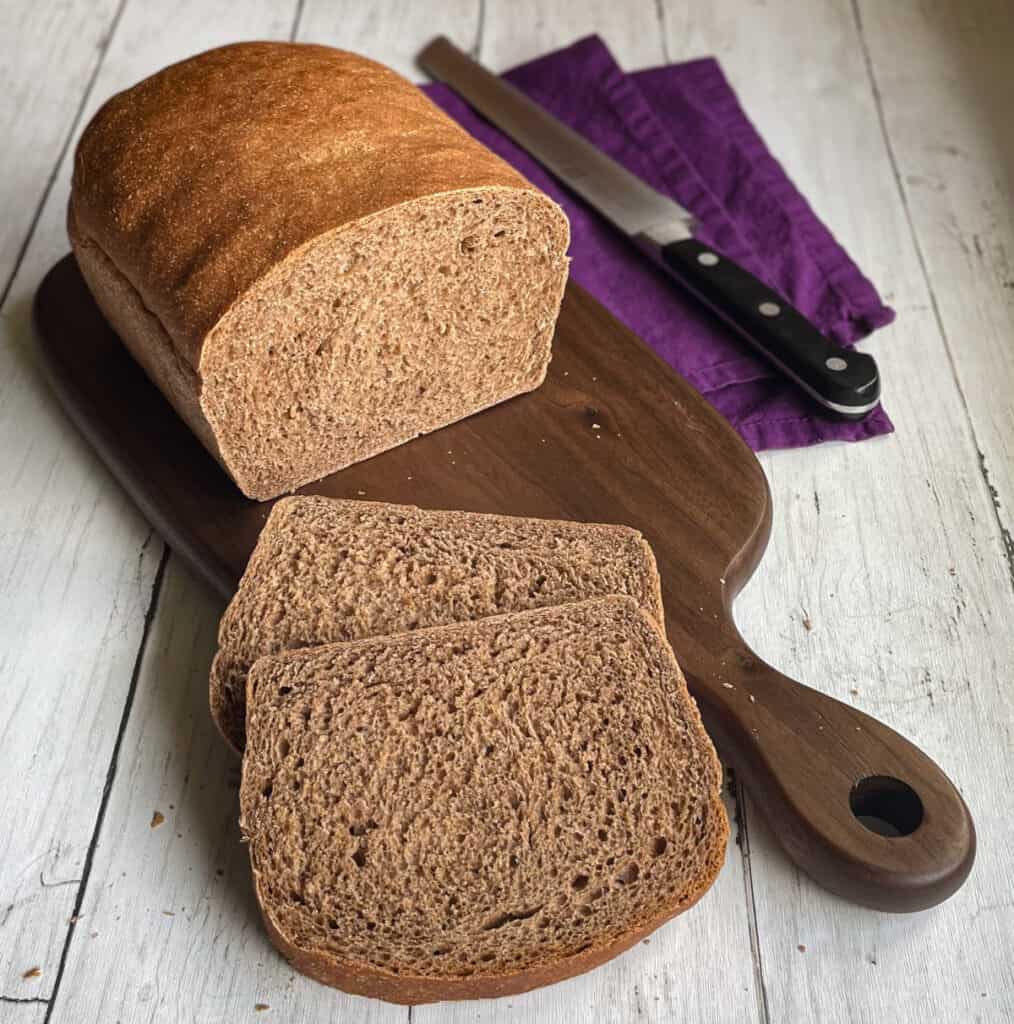
Related rainbow recipes
If you’re looking for more brightly colored recipes, check out my rainbow food recipes, like:
Bored with the recipes you’ve been cooking and baking lately? Get inspiration here:
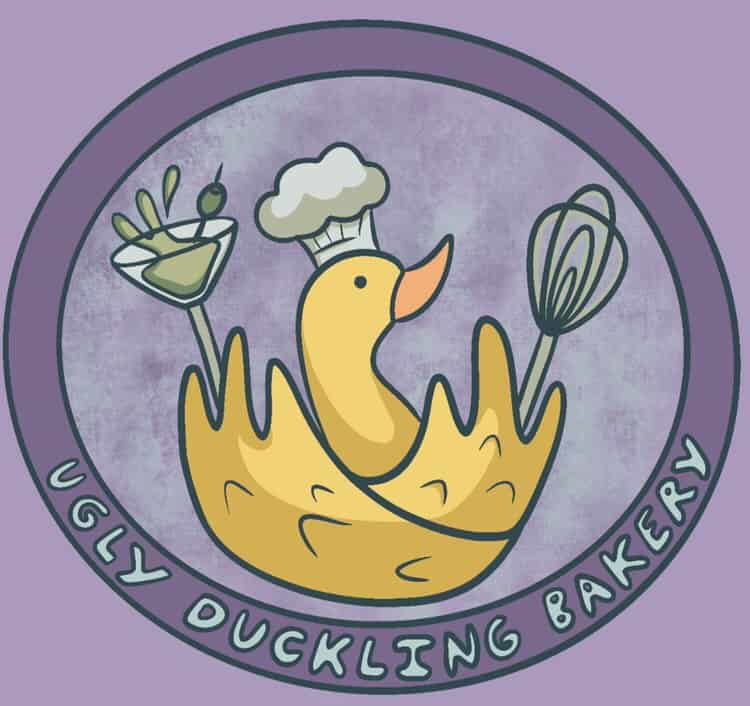

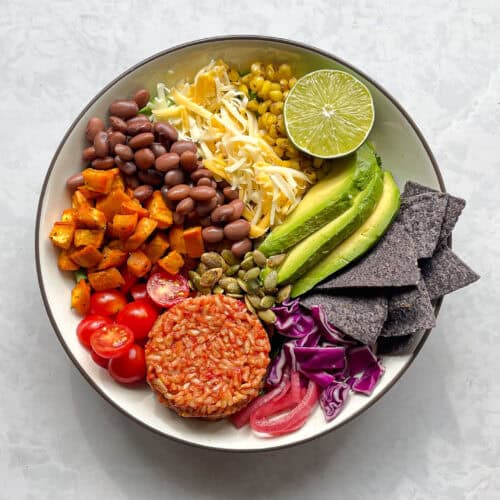

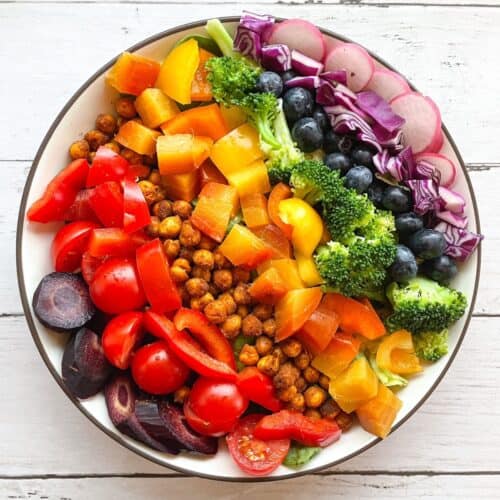
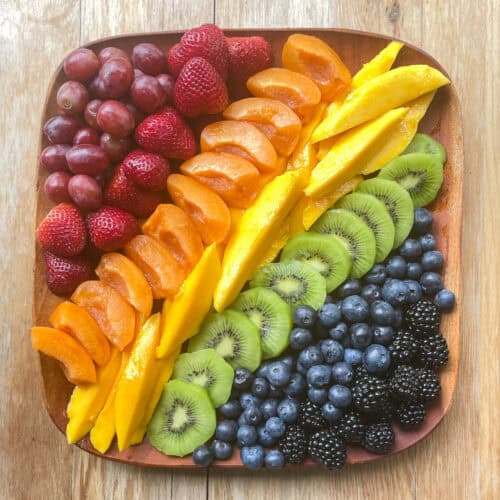
Comments
No Comments